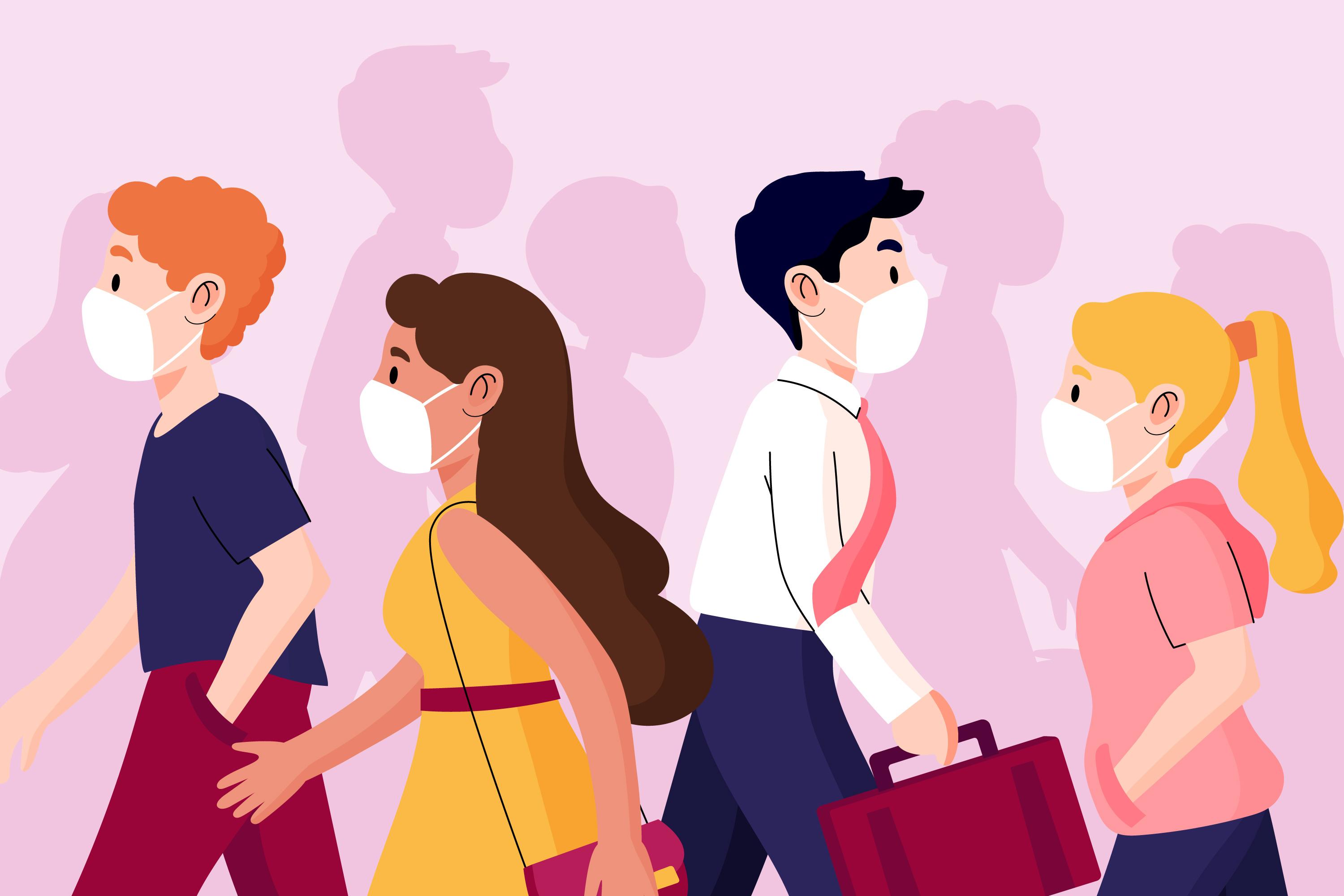These akward months who nobody would have predicted at the end of 2019 have brought us many reflexions, thoughts and lessons, making necessary to analyse and question the things we should maintain from the pre- COVID-19 era and those we should change. And taking advantage of the emotions and conclusions this situation has provoked, create and impulse to convert these tough months and make it worthy for the changes it has promoted.
One of the attitudes that has grown inside us is “we’re all in this together”, which we should continue applying in each aspect of our lives and actions in society. An inclusive behaviour and perspective is needed when designing spaces. Once all of us have experienced the inaccessibility of spaces, activities, information, persons… we can imagine how many people feel when spaces, products and services are not offered from universal design that ensures everyone´s satisfaction.
Some of the post COVID-19 recovery plans include building, investing in revitalizing urban, public and social spaces. So, what a better chance than now to take advantage of this inertia and start building an inclusive world, one of the Sustainble Development Goals.
Trends like personalization of products and services, or the automation and use of technology are undisputable partners of making inclusive spaces, proving that universal design and accessibility are not only liabilities to comply with, but the excellence of architecture as achieving a practical, eficient, and inclusive design and use of spaces for all.
Covid-19 legacy might put together many of the needed ingredients able to lead us to what could be called the golden age of universal design.
Picture designed by Freepik








